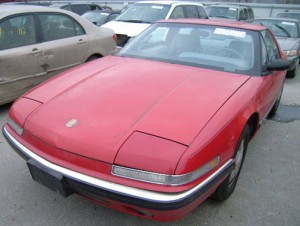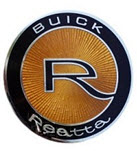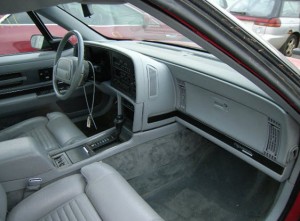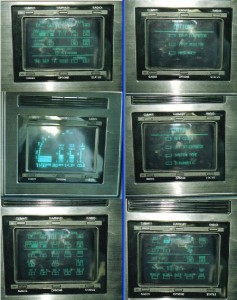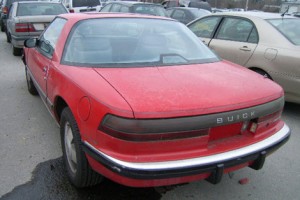Written By: Sam Andrews
The 1988-1991 Buick Reatta was the company’s first attempt at an exclusive compact 2-door sports car since the 1940s.
The Reatta will be remembered alongside similar vehicles offered around the same time by General Motors like the Cadillac Allante (which shared a modified platform with the Reatta) and Chrysler’s Maserati TC. They all had one goal: to capture a piece of the market segment that normally didn’t buy American cars, people who appreciated European flavored design and/or engineering but were willing to pay a substantial price for it in an otherwise thoroughly American car.
Also similar to those other automaker’s efforts was the Reatta’s unusual manufacturing process. The Reatta was actually hand-assembled by workers at special stations. When the station had completed their part, the vehicle was moved by robots to the next station, where another part was hand-completed, then moved to the next station and so on and so forth. This intricate, detailed-oriented process was unheard of for the world’s largest automaker in their ninth decade of mass producing automobiles.
The results of such labor are moderately impressive. The Reatta’s styling was certainly fresh and new, at least when compared to the rest of Buick’s lineup at the time. It features a smooth, simple body that tapers to a slightly snubbed nose, pop-up headlights, blackened a-pillars, a single-unit taillight strip, and a large curved rear window, which must have been great for visibility.
Inside, the interior featured bolstered leather seats, driver-oriented dashboard and a very interesting all-digital touch-screen instrument cluster and center console, complete with a digital speedometer. All major functions were controlled from the touch-screen. I’ve never seen one of these before and can’t confirm if it was an industry first, but the boldness of placing such an interface in company that normally sells to older and mature customers used to simplistic technology is as quizzical as it is inspiring. The touch screen was only available from 1988-1989 before it was dropped in 1990.
The Reatta was one of several attempts by various automakers in the late 1980s to replicate the feel of classic ‘60s British convertibles like Triumph and MG but with modern technology and driving mannerisms. Examples include the Lotus M100 Elan and the ’89-‘94 Mercury Capri. Probably the best example was immensely popular and successful Mazda Miata, which debuted in February 1989. Some would consider the Reatta the least of those attempts, but I think it’s notable for being the first. The Reatta actually predated the Miata by a year, so one must give credit to Buick’s intuition. They even have similar sounding names. But the Reatta debuted as a coupe only, a misstep in a market that was ripe for small convertibles, as the Miata would prove. By the time they added a convertible in 1990, the Miata, which only came as a convertible, had already taken off and the Reatta was just a year away from discontinuation.
Could the Reatta have been the hit the Miata was? Perhaps. The Reatta was nice looking and mostly well designed. The arrival of the convertible made it even more alluring. But there were more negatives than positive. The hi-tech touch-screen was in conflict with the small, sporty, back-to-basics nature that most people conjure when they think of small coupes, not to mention alienating to older buyers. The engine was Buick’s basic 6-cylinder with a max of 170 horsepower and was not, like other Buicks of the era, turbocharged. The only transmission ever available in a Reatta was an automatic, a big turn off to young people and enthusiasts looking for something fun to drive. Lastly, the charming but antiquated hand-made assembly made manufacturing costly and time consuming.
Buick planned to sell around 20,000 each year. But by 1991, only 21,751 examples had been produced over about 4 years.
Right now the Reatta stands a good chance of becoming a future classic collector car. The good intentions of the original product, combined with the classic convertible body style and relatively low production figures make the vehicles candidates for restoration or show pieces. Will they become extremely valuable? Probably not. But as time goes on, and more and more are taken off the road and parted out, the Reatta stands a better chance than other cars from the era at garnering some interest, and maybe even increasing value after it bottoms out.
Our ’90 Reatta coupe was generously donated to WBUR and is painted red and features a light grey leather interior, sunroof, alloy wheels and only 64,408 miles on the odometer.

